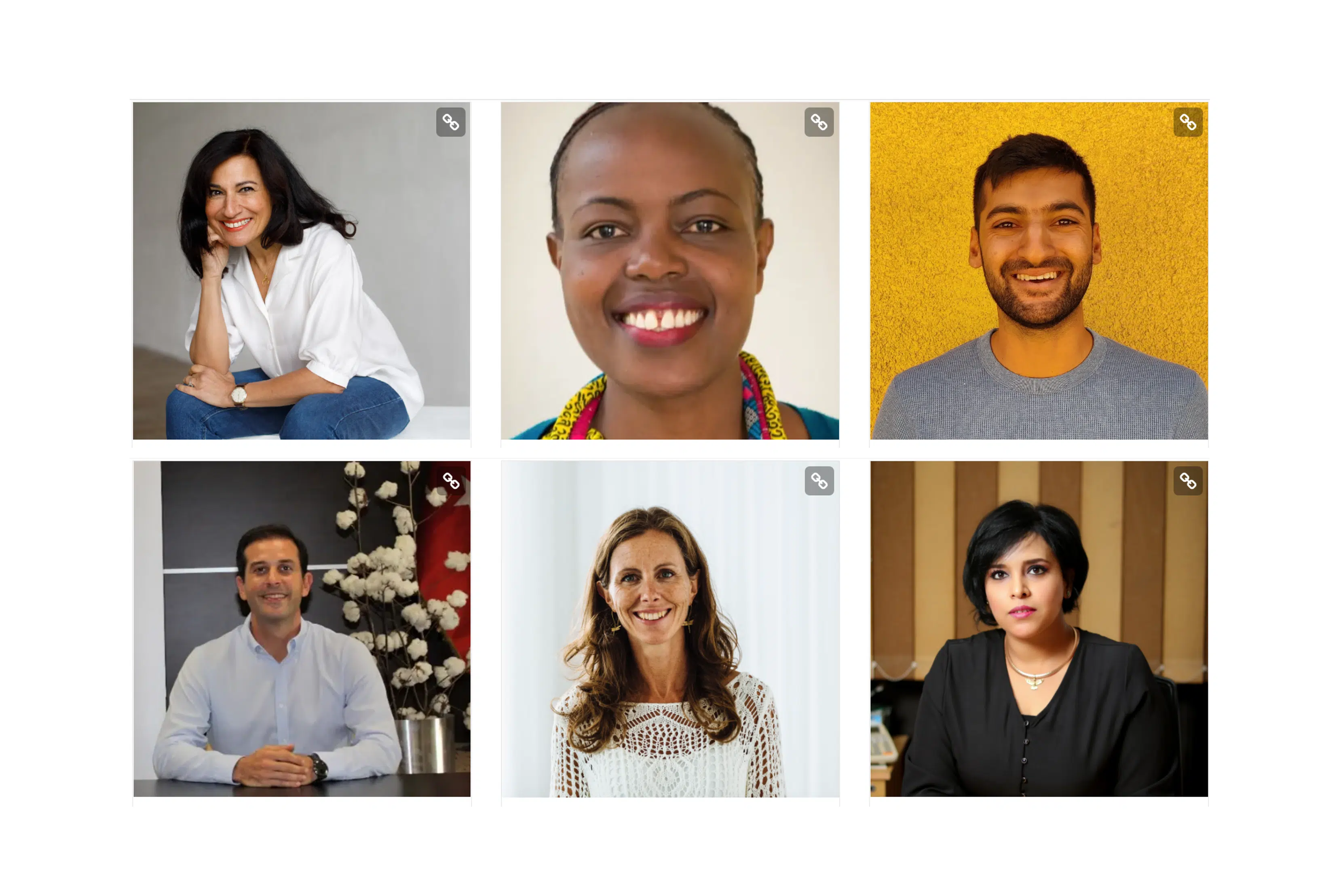
As COP27 draws to a close in Egypt, Better Cotton has been closely monitoring policy developments related to climate adaptation and mitigation, hoping countries will reach the goals developed under the Paris Agreement. And with a new report from UN Climate Change demonstrating that the international community’s efforts remain insufficient to limit average global temperature rises to 1.5°C by the end of the century, there’s no time to lose.
Lisa Ventura, Better Cotton Public Affairs Manager, talks to Nathanaël Dominici, Better Cotton’s Climate Change Manager about a way forward for climate action.
Do you think the level of commitments set out at COP27 is serious enough to achieve net zero by 2050?
Emissions must be reduced by 45% by 2030 (compared to 2010) to meet the Paris Agreement targets. However, the current sum of national contributions to reduce GHG emissions could lead to a 2.5°C increase, or even more in numerous regions, especially Africa, with major consequences for billions of people and the planet. And only 29 of 194 countries have produced more rigorous national plans since COP 26. So, more effort is needed to mitigate climate change, with significant action in developed countries.
Similarly, more action is needed on adaptation, with vulnerable countries and communities increasingly on the frontline of climate change. More funding will be needed to help reach the US$40 billion funding target by 2025. And there must be consideration given to how historic emitters (developed countries) can help to provide financial compensation and support where their actions have caused significant or irreparable damage around the world.
Which stakeholders should be at COP27 to ensure real progress takes place?
To meet the needs of the most affected groups and countries (for example women, children and indigenous people), it’s vital to enable sufficient representation of these people at the talks. At the last COP, only 39% of those leading the delegations were women, when studies consistently show that women are more vulnerable than men to the effects of climate change.
The decision not to allow protesters and activists is controversial, particularly given recent high profile climate activism in Europe and elsewhere. While on the other hand, lobbyists from damaging industries such as fossil fuels are increasingly present.
What should be prioritised by decision makers to ensure sustainable farming is used as a tool to address the climate crisis?
The first priority is to agree on a GHG accounting and reporting framework for agricultural value chains actors in order to track and ensure progress. This is something that is taking shape thanks to the guidance developed by SBTi (Science Based Targets Initiative) and the GHG Protocol, for example. Alongside other ISEAL members, we are collaborating with Gold Standard to define common practices for calculating GHG emissions reductions and sequestration. This project aims to help companies quantify the emission reductions that result from specific supply chain interventions like sourcing certified products. It will also help companies report against their Science Based Targets or other climate performance mechanisms. This will ultimately drive sustainability at a landscape-scale by encouraging the sourcing of commodities with improved climate impact.
We need also to remember that, historically, agriculture has not been sufficiently explored at COPs. This year, organisations representing some 350 million farmers and producers published a letter to world leaders ahead of COP27 to push for more funds to help them adapt, diversify their businesses and adopt sustainable practices. And the facts are loud and clear: 62% of developed countries do not integrate agriculture in their Nationally Determined Contributions (NDCs), and globally, only 3% of public climate finance is currently used for the agricultural sector, while it represents a third of global GHG emissions. Moreover, 87% of public subsidies for agriculture have potential negative effects for the climate, biodiversity, and resilience.
This must change. Millions of farmers worldwide are facing the impacts of the climate crisis and must be supported in learning and implementing new practices to further mitigate their impact on climate change and adapt to its consequences. The floods in Pakistan most recently highlighted the need for action, together with severe drought in many countries.
Recognising these challenges, last year Better Cotton published its Climate Approach to support farmers to face these challenges but also to bring to the fore that sustainable agriculture is part of the solution
So, we’re glad to see that there will be a dedicated Food and Agriculture pavilion at COP27, and a day focused on the sector. This will be an opportunity to explore sustainable pathways to meet the growing population’s need for food and materials. And also, importantly, to understand how we can best direct financial support to smallholders, who currently receive just 1% of agricultural funds yet represent a third of production.
Finally, it’ll be fundamental to understand how we can combine climate considerations with protecting biodiversity, people’s health and ecosystems.









































